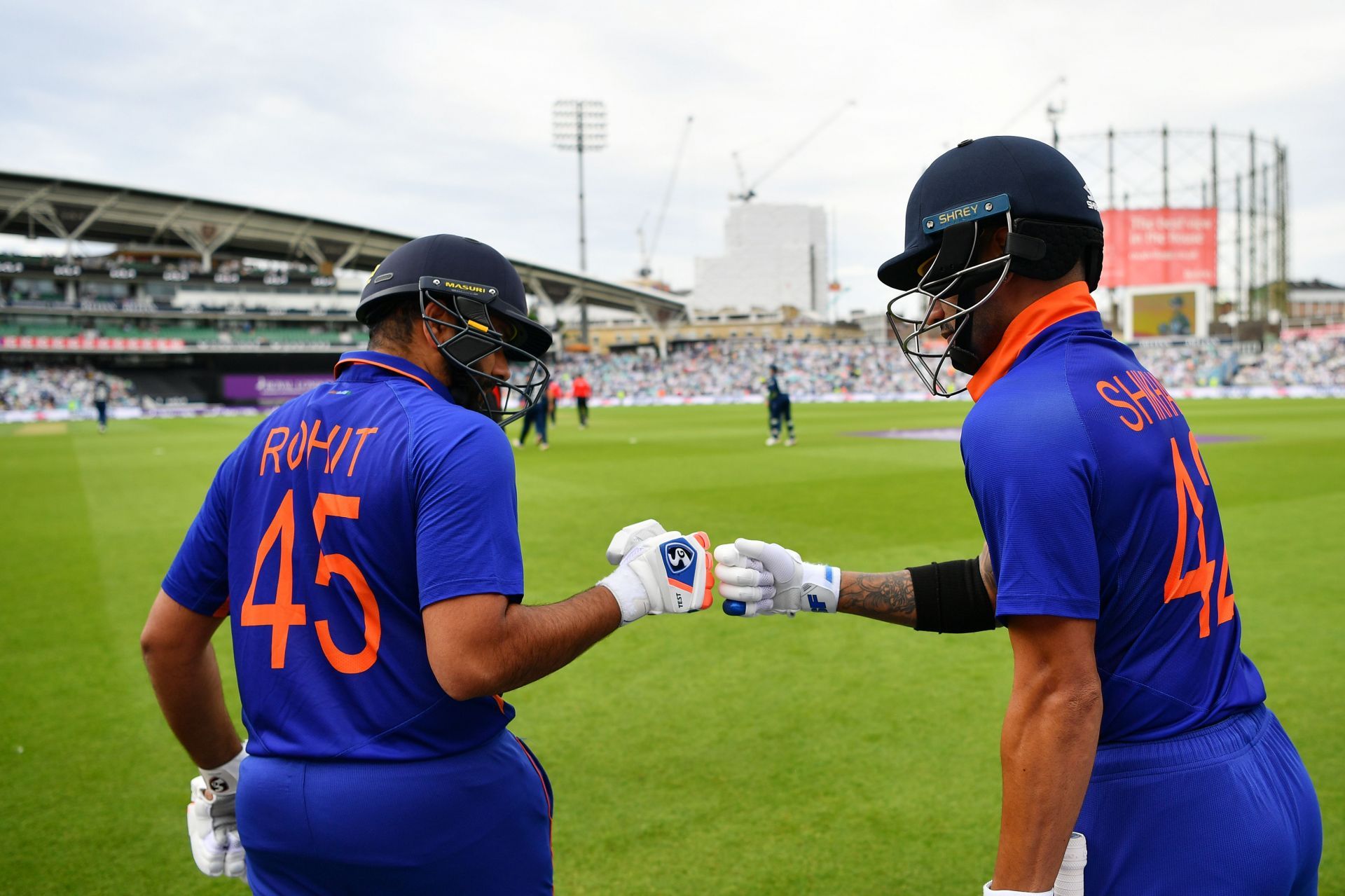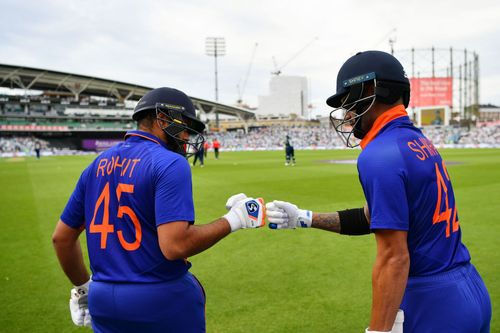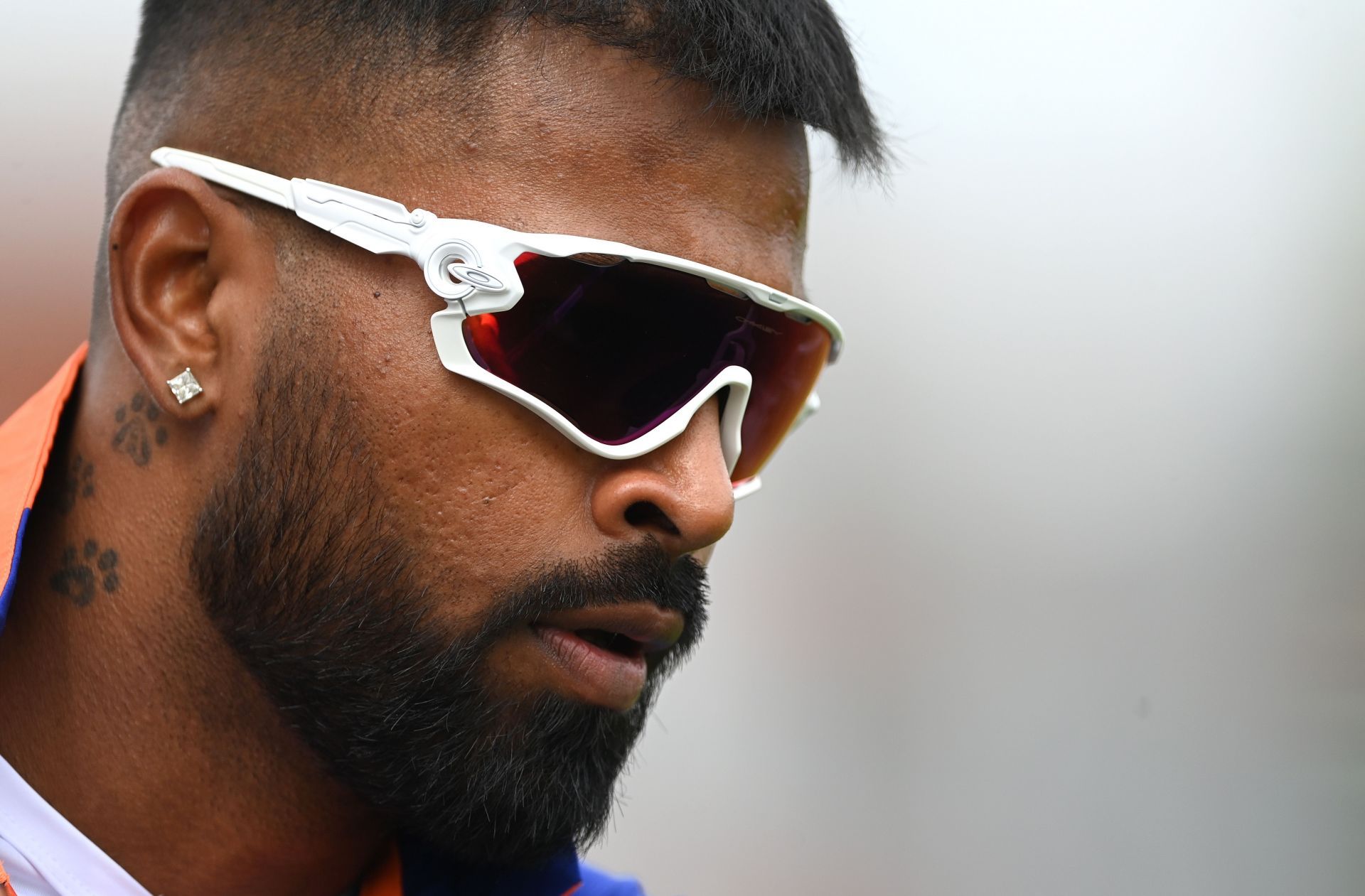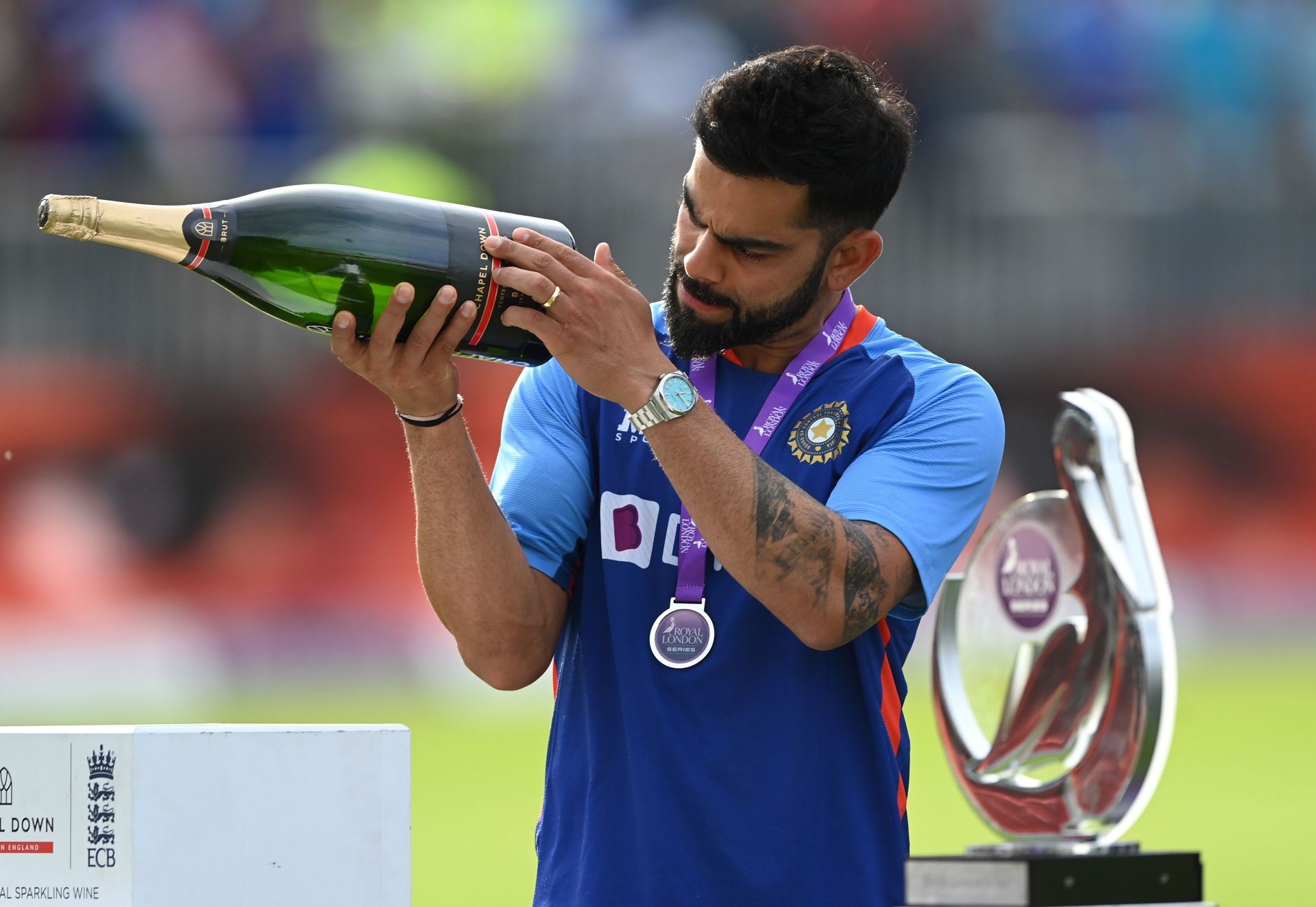
3 issues with India's newfound attacking approach in white-ball cricket

India's newfound aggressive batting approach unraveled in the second T20I against the West Indies, but captain Rohit Sharma made it clear that it's here to stay - and rightly so.
As international white-ball cricket continues to evolve, it's almost become a necessity for teams to adopt an uber-aggressive style to keep up with the times. Not only does it help outfits compete for ICC trophies, but it also helps them draw crowds by playing the brand of cricket everyone wants to see.
India are a little late to the party, but while it's better late than never, they may not be able to produce immediate results. Here are three issues with the Men in Blue's newfound attacking approach in white-ball cricket.
#3 India don't have much batting depth

A key facet of teams that play aggressively in white-ball cricket is their batting depth. England, for example, have a slew of pace-bowling all-rounders like Sam Curran and Ben Stokes to go with their spin-bowling all-rounders like Moeen Ali and Liam Livingstone. The result is a playing XI that comprises batting ability till No. 9 or 10 and at least six bowling options.
Unfortunately for India, they do not have the same luxury. Hardik Pandya is the only recognized seam-bowling all-rounder in the mix right now, with the likes of Venkatesh Iyer having fallen off slightly. Even Pandya's workload needs to be carefully managed. The Men in Blue are in a better position in the spin department, but their wrist-spin options - Yuzvendra Chahal, Ravi Bishnoi and Kuldeep Yadav - contribute nothing with the willow, and neither do their frontline pacers.
An aggressive approach at the top could come crashing down if a few early wickets fall, since the lower-middle order has minimal strength and depth.
#2 Key batters arguably aren't cut out for it at the moment

India perhaps don't have the personnel to play an out-and-out attacking brand of cricket, especially in the T20I format.
While Rohit Sharma and KL Rahul are perfectly capable on paper of playing the role, they have rarely managed to unlock their full potential on a consistent basis. Both top-order batters are among the best stroke-players in the world and could be in the mold of Jonny Bairstow and Jos Buttler, but they haven't been able to strike the right balance between attack and defense to come up with telling contributions.
Others like Virat Kohli and Shreyas Iyer are primarily run-accumulators, and asking them to immediately transition to a different, more demanding role won't be easy. Yes, India have dynamic batters like Suryakumar Yadav and Rishabh Pant, but the overall outlook of the batting lineup doesn't exactly instill a great deal of confidence.
#1 There isn't much time to go for the World Cups

Due to the confusion surrounding leadership roles and team selection since the pandemic, India haven't had enough time to prepare for the upcoming ICC tournament cycle. This year's T20 World Cup will be followed by next year's ODI World Cup, and the team has neither arrived at a settled combination nor been able to identify which roles players will be tasked with.
To take England's example again, the 2019 World Cup winners started their white-ball revolution shortly after their disappointing exit in the 2015 edition. They had almost four years of uninterrupted cricket to shape their strategies effectively, the results of which have been seen over the last few years. In contrast, India have truly committed to the change with only months - and consequently only a handful of games - to go.
Rohit and Co. will eventually make it work, but it might cost them some embarrassment at the world's two most prestigious tournaments.